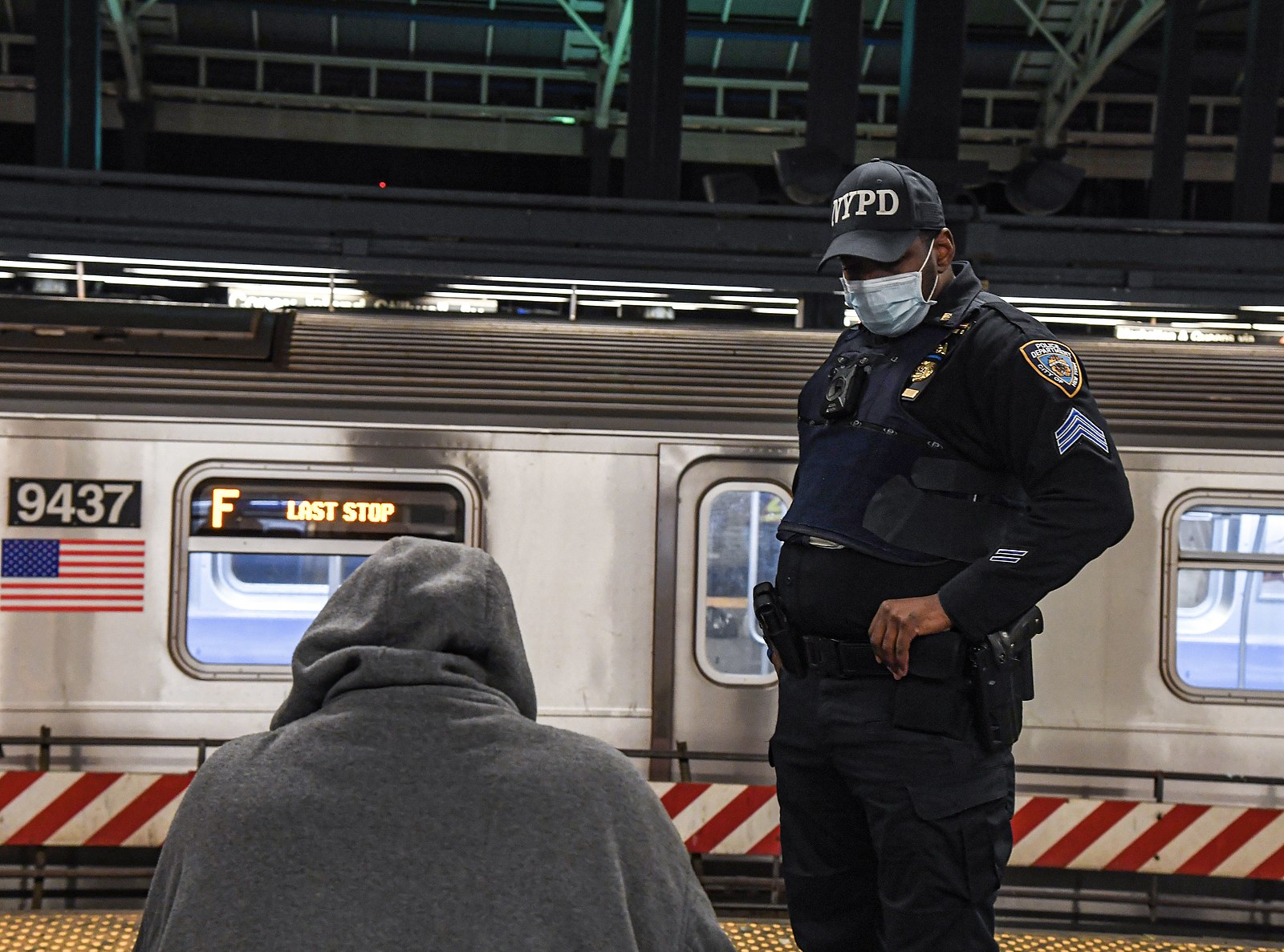EDITOR’S NOTE: Op-Eds detail the views of their writers and are not necessarily representative of the stance of the paper. Publication of Op-Eds is not tantamount to an endorsement of their content.
This op-ed was originally written in March of 2022.
On February 18 2022 Mayor Eric Adams announced his “zero tolerance” Subway Safety Plan to address recent violent attacks on the system by unhoused or mentally ill people — but who does this plan really help, and how? A number of high-profile attacks, including the death of Michelle Alyssa Go — who was pushed to her death at the Times Square 42nd St Station — have prompted a fierce crackdown on the unhoused within the subway. These rules, and Mayor Adams’ plan, will only push the problem out of sight and continue to make lives harder for those in NYC who need help the most.
The plan, announced in February and allegedly already in motion, promises deployment of 30 “Joint Response Teams,” expanding city Safe Haven shelter sites, streamlining access to housing, “calling on state government” to increase funding for mental health care, and increased NYPD presence on the subway to enforce and evict the homeless. These Joint Response Teams include members from “DHS, the Department of Health and Mental Hygiene, [and] NYPD,” with few other details. None of these offers solutions to the root issues that cause people to become homeless, nor does it prevent attacks in any meaningful way.
Adams seems to understand that evicting the houseless from the subway is only a bandage to the root issues of the present problem, agreeing that “the vast majority of the unhoused and the mentally ill are not dangerous.” Then why does the city’s plan focus on removing the unhoused, instead of creating and easing access to housing and mental health care for those that need it? “No more sleeping. Not more just doing whatever you want,” Adams said. “Those days are over. Swipe your MetroCard. Ride the system. Get off at your destination.” Being homeless is not a crime, despite the tone he takes. Though he agrees, “this is not about arresting people,” he goes on to add, “it’s about arresting a problem,” which doesn’t sound much different.
In the first week of the plan, according to city data, officers issued 1,553 tickets for rule violations, ejected 455 people, and arrested 143. They only connected 22 unhoused individuals to shelters. Even then, how many of those will stay sheltered? According to the Coalition for the Homeless, only 12% given shelter through NYC’s “end of line” policy remained after a month. Where is the plan to provide long-lasting, safe, and accessible housing? The current plan only provides an increase of 140 Safe Haven beds and 350 Stabilization Beds (for those experiencing immediate mental health crises) for the entirety of 2022, in a city where an estimated 1,500 houseless people ride the subway every night.
Additionally, how will police enforcement help those sleeping on the subway? Arrests and tickets only make homelessness harder to escape, and removing them from the system merely puts them back on the harsh streets. In January, an additional 1,000 officers were deployed to the subway, and what do they have to show for it? Two officers were present on the platform where Go was killed. Furthermore, the NYPD is responsible for enforcing mask-wearing on the subway, and this writer never once — over the entirety of the pandemic — saw this followed. More often than not, police were those flaunting guidelines. Even now, as masks are still required on transit, police masking is poor at best.
Mayor Adams seems to know that this is only patching the issue, not solving it, stating that “there are many rivers that feed the sea of homelessness … we have to dam every river if we are going to address this issue.” Then why doesn’t he address solutions that actually work to reduce homelessness: increase the number of and the access to affordable housing programs, establish permanent and safe supportive housing, and focus on a “housing first” approach that gets people off the street. Pairing this with an increase in mobile mental health care teams ensures access to care needed. We all deserve to feel safe on the subway, including New Yorkers without homes, and a stronger police presence does nothing to address anyone’s fears.











